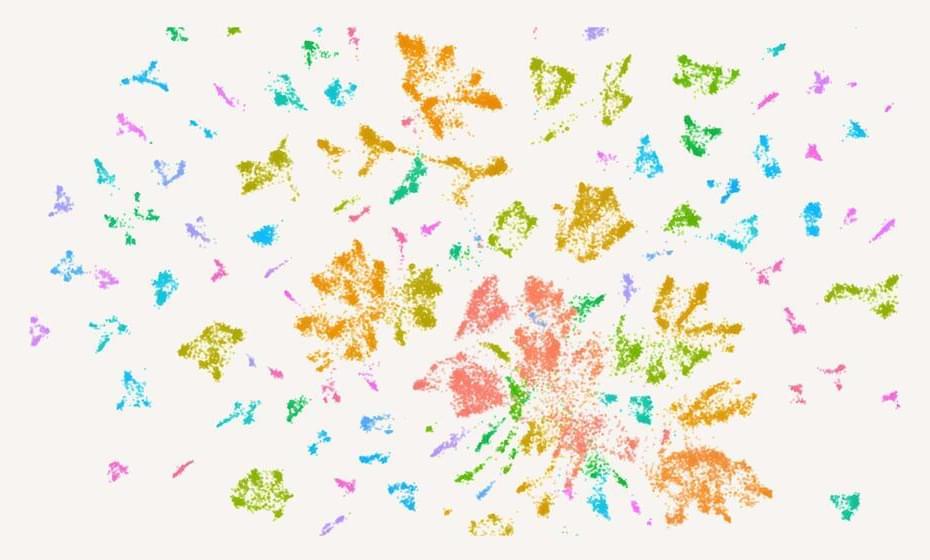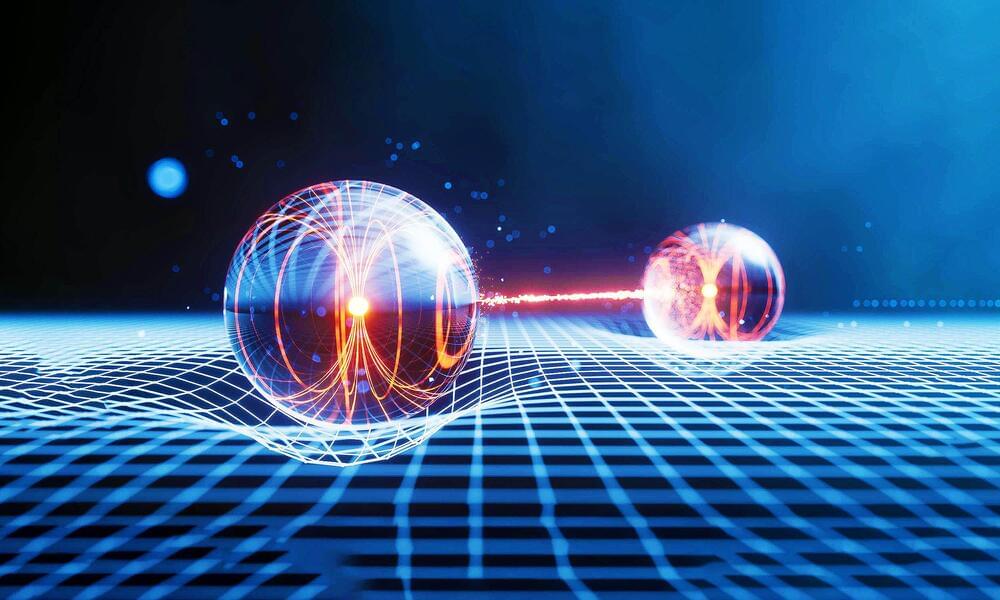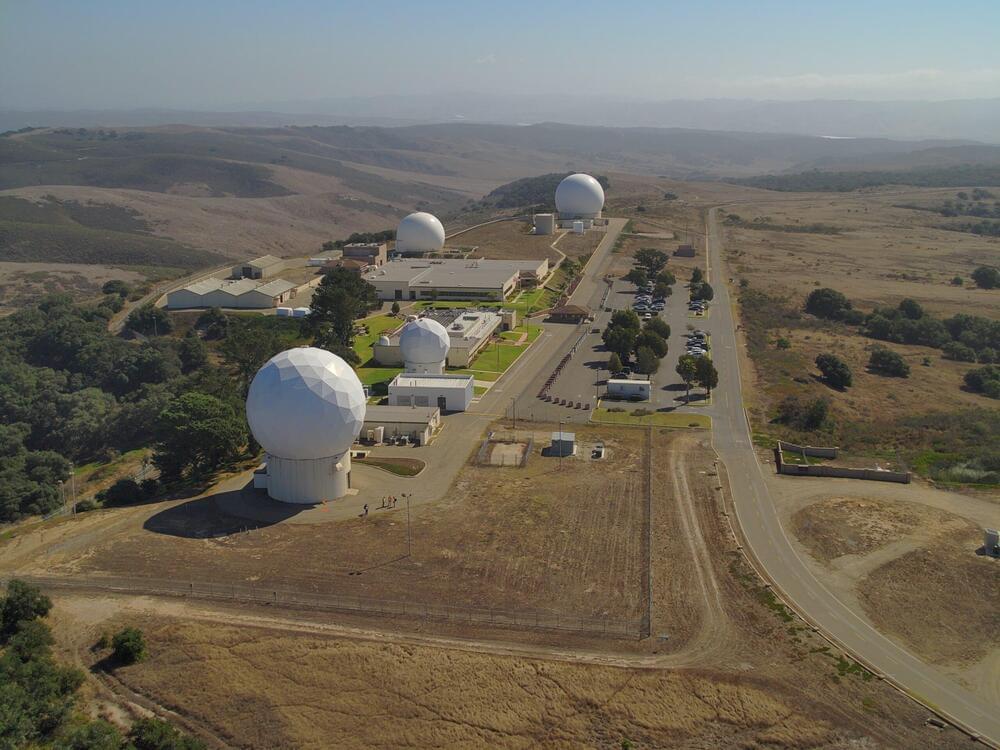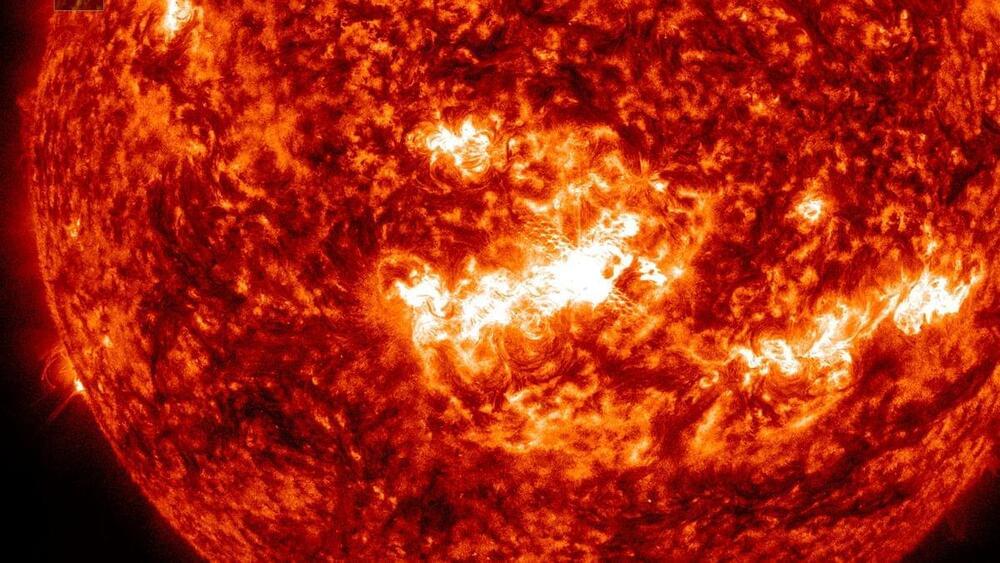It’s critical for leaders to know when to make a difficult decision before it leads to an unavoidable setback.




Aging is a universal experience, evident through changes like wrinkles and graying hair. However, aging goes beyond the surface; it begins within our cells. Over time, our cells gradually lose their ability to perform essential functions, leading to a decline that affects every part of our bodies, from our cognitive abilities to our immune health.
To understand how cellular changes lead to age-related disorders, Calico scientists are using advanced RNA sequencing to map molecular changes in individual cells over time in the roundworm, C. elegans. Much like mapping networks of roads and landscapes, we’re charting the complexities of our biology. These atlases uncover cell characteristics, functions, and interactions, providing deeper insights into how our bodies age.
In the early 1990s, Cynthia Kenyon, Vice President of Aging Research at Calico, and her former team at UCSF discovered genes in C. elegans that control lifespan; these genes, which influence IGF1 signaling, function similarly to extend lifespan in many other organisms, including mammals. The genetic similarities between this tiny worm and more complex animals make it a useful model for studying the aging process. In work published in Cell Reports last year, our researchers created a detailed map of gene activity in every cell of the body of C. elegans throughout its development, providing a comprehensive blueprint of its cellular diversity and functions. They found that aging is an organized process, not merely random deterioration. Each cell type follows its own aging path, with many activating cell-specific protective gene expression pathways, and with some cell types aging faster than others. Even within the same cell type, the rate of aging can vary.
Ending Alzheimer’s Disease Everywhere — Dr. Tim MacLeod, PhD & Dr. Vaibhav Narayan, PhD, Davos Alzheimer’s Collaborative.

The captivating world of quantum mechanics is constantly evolving, revealing complexities that challenge our perception of reality. Recent advancements illuminate the puzzling wave functions of entangled photons, providing remarkable insights into the behavior of these fundamental particles.
At the forefront of this research are experts from the University of Ottawa and Sapienza University of Rome. Their innovative approach allows for real-time visualization of entangled photon wave functions, pushing the boundaries of what we thought possible in quantum science.
Quantum entanglement is a mind-boggling phenomenon that underscores the profound interconnectedness of two particles.

WASHINGTON — The U.S. Space Force awarded Akima’s subsidiary Five Rivers Analytics a $480 million 10-year contract to support and modernize the Satellite Control Network — a decades-old system of 19 globally distributed parabolic antennas spread across several locations worldwide.
Akima, an Alaska Native Corporation-owned defense contractor, won the contract dubbed STORMS (Satellite Control Network Tracking Station Operations, Remote Site and Mission Partner Support).
The STORMS contract is an Indefinite Delivery/Indefinite Quantity (IDIQ) agreement. This type of contract allows the Space Force to procure services as needed over a specified period. It succeeds the previous $445 million CAMMO (Consolidated Air Force Satellite Control Network Modifications and Maintenance Operations) contract won by CACI International in 2016.


Have you ever wondered what the universe looked like after the Big Bang when it was still in its infancy, a mere billion years old? With NASA’s new Nancy Grace Roman Space Telescope, we’re about to get a glimpse of the cosmic dawn.
This cosmic time machine is set to explore an era known as the cosmic dawn, a significant transition when the universe went from a foggy opacity to the stunning, star-filled expanse we observe today.
Behind this ambitious project is the esteemed astrophysicist Michelle Thaller from NASA’s Goddard Space Flight Center in Greenbelt, Maryland.
The North East Texas Regional Mobility Authority (NET RMA) announced a $15 million infrastructure project that will soon begin to revitalize the Henderson Overton Branch rail line.
Visit this article.
KETK/FOX51 News covers East Texas, bringing you the latest local stories, weather, sports and lifestyle coverage from the Piney Woods.
Keep up with KETK/FOX51 News: https://www.ketk.com/
Download the KETK/FOX51 app: https://www.ketk.com/apps/
Find us on Facebook: / ketknbc and / kfxkfox51.
